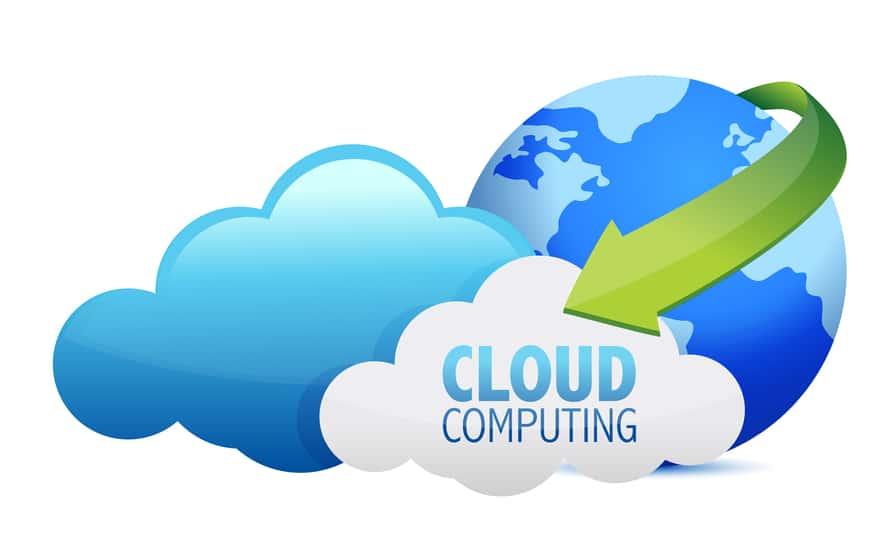Sales: 678.967.3854
Support: 866.252.6363
What We Do
Who We Serve
Success Stories
Latest Thinking
LATEST THINKING
About Us

By the DynaSis Team
Cloud storage has penetrated many aspects of our lives in the past few years and is increasingly common at the corporate level, whether we realize it or not. When a cellular provider backs up your smartphone contacts, they are being stored in that company’s cloud. Virtually all the myriad “free storage” offers we may use daily, from Google Drive to DropBox, are cloud-based.
Yet, technically, all of these clouds are also on-premise based, too. How is that possible? Every “cloud” must be tied to a physical server in a physical location. There is no massive, amorphous and anonymous storage cluster that has been created within the Internet by storage contributions from random players. Every cloud resides at some company’s “premise” (physical location), even if that location is a data center (which, after all, is owned by someone).
The concern that most business owners, CIOs and others have about the cloud stems from the fact that these clouds and their data don’t reside on the company’s in-house server. They fear letting someone other than themselves retain control of their data, even if the other entity is operating under best-practices security protocols they may never be able to attain.
As we mentioned in a November 2014 blog, cloud storage and services are generally far safer and more secure than those residing in-house, especially for small and medium-sized businesses without big-boy security budgets. Furthermore, It’s highly likely that your employees are using cloud-based tools, even if your company isn’t, and they may be storing corporate files there.
Cloud security is not the focus of this blog, although we would be happy to discuss cloud security with you. The point of this discussion is that a cloud is nothing more than a dedicated amount of storage space on one or more servers that designated individuals can access remotely to store, sync and/or share files, run programs and perform other typical workplace functions. We say “designated” rather than authorized, because some clouds are open, meaning that the data there can be accessed by anyone, while others are access-restricted (secured).
In 2015, we will be talking about the cloud every month or so, introducing you to its various aspects and providing tips on how you can use it. Next week, we’re going to discuss the difference between storage, backup, sharing and syncing. These four operations are often intertwined, but whether they can happen in tandem with one another is up to the business owner to decide.
We believe that understanding “the cloud” and all of its possibilities is an important step to gaining confidence in this amazing technology. This knowledge will help you make the decisions that are right for your firm and enable you to secure your data to the greatest degree possible.
We’ll continue this discussion next week. In the meantime, if you would like to learn more about cloud computing or be introduced to one of our cloud productivity solutions, please give us a call.
